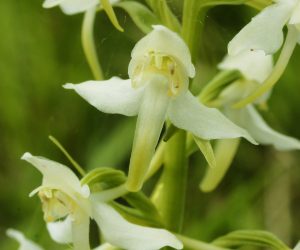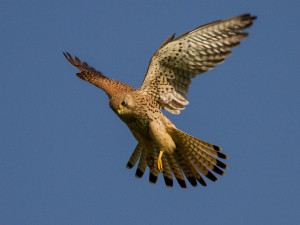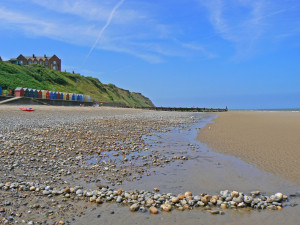
Norfolk is a wildlife lover’s paradise. With 31 nature reserves in the county, there is more than enough to keep even the most ardent nature loving families going for the full length of their stay. There are hundreds of species of animals waiting to be discovered by eager visitors of any age: adders, slow worms, newts and grass snakes from the amphibian and reptile world; badgers, muntjacs, water voles, American mink, pipistrelles, red foxes, and weasels from the mammals; hummingbird hawkmoths, painted lady butterflies, glow worms, red tailed bumblebees, comma butterflies and ghost moths from the insects- to name a few. The delightfully named Honeypot Wood outside Dereham is just one of the county’s many wildlife hotspots and a great place to begin your Norfolk wildlife adventure: it’s a perfect spot for family walks and picnics, and it’s also thought to be a very ancient wood, dating back to the Ice Age, and is home to the rare and beautiful Greater Butterfly Orchid.
However, the most well known of all nature reserves in the county is probably Cley Marshes Reserve, opened in 1926 as a bird breeding sanctuary. The site contains a shingle beach and saline lagoons, making it the perfect spot for the resident birds to thrive. In 2007, the site welcomed a new eco-friendly Visitors’ Centre, complete with toilets, a cafe, a shop, and viewing areas with breathtaking prospects over the marshes to the open sea (the viewfinder provided can help with this). In the summer, avocets, spoonbills, and various wader birds can be seen here, with bitterns, marsh harriers, bearded tits, and teals to be seen year-round. To bring context and understanding to the experience at Cley Marshes, an Audio Trail is available, explaining the unique features and habitats of the birds who call this sanctuary home.

Other wildlife sites with family-friendly Visitor Centres and educational displays (as well as the necessities of both cafe and toilets!) include Hickling Broad, Holme Dunes, Ranworth Broad, and Weeting Heath. This latter reserve, between Swaffham and Thetford, is one of the best places in the country to see the rare and shy stone curlew, although if you don’t manage this particular feat, there are plenty of other birds to see here too: the little owl, the kestrel, the sparrowhawk, the common buzzard, and the marsh harrier, as well as less bloodthirsty birds such as woodlarks, green woodpeckers, lapwings, and mistle thrushes. There are also nature trails for wholesome family walks when you have finished bird-spotting.
For amazing views of the breathtaking Norfolk coast, and a trip to the beach that’s as much about nature as it is about anything else, Holme Dunes is a site that’s rich in both natural habitats and human history: a Bronze Age timber circle, known popularly as “Seahenge” was discovered here -although it is now preserved and on display elsewhere- and Roman pottery and other ancient remains have been discovered at the site too. More recently, Holme Dunes played a part of the coastal defences of Britain in World War II, and there are the remains of both lookout posts or “pillboxes” as well as a target railway used to train artillery here. Visit Holme Dunes to see the typical Norfolk sight of a barn owl on the wing, as well as legions of land-bound animals such as toads, and insects such as butterflies and dragonflies. It’s a great place for watching and spotting seabirds, too. Overall, the county has much to offer visitors of all kinds who come looking for interesting wildlife and unspoiled natural beauty.

If after reading this has got you in the mood to visit Norfolk why not combine your trip by staying in the stunning Cliff Barns to make it extra special.



